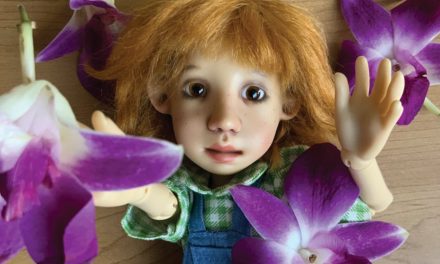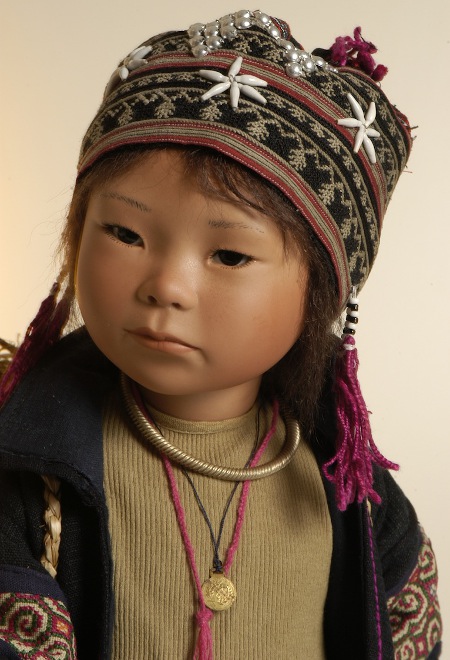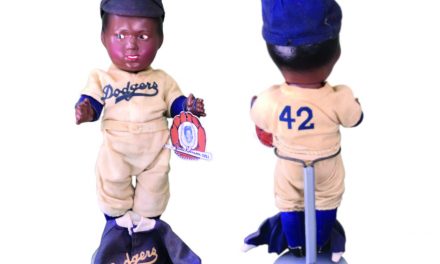By Jan Foulke
Photos courtesy of Foulke Archives
Q: I found this little 4-inch doll in a thrift shop. It has “20-10” on its back and limbs. I collect larger dolls and never really looked much at tiny ones. Is this an antique doll? Can you tell me something about it?
A: Yes indeed, you have an antique doll, an all-bisque one made in Germany. It is called a “Bye-Lo Baby.” The regular-sized Bye-Lo had a bisque head on a cloth body with celluloid hands. It came out for the Christmas season of 1924 and became a runaway best-selling doll. It was the first successful infant doll — it seems the market was right for a completely new style doll.
There were child dolls and character baby dolls, but this was different: it was a newborn baby. The Bye-Lo was so popular that people stood in line to buy it, only to be disappointed when the supply ran out, as there were not enough dolls to fulfill the huge demand. This new style created such a sensation that all dollmakers produced their own versions of the newborn baby.
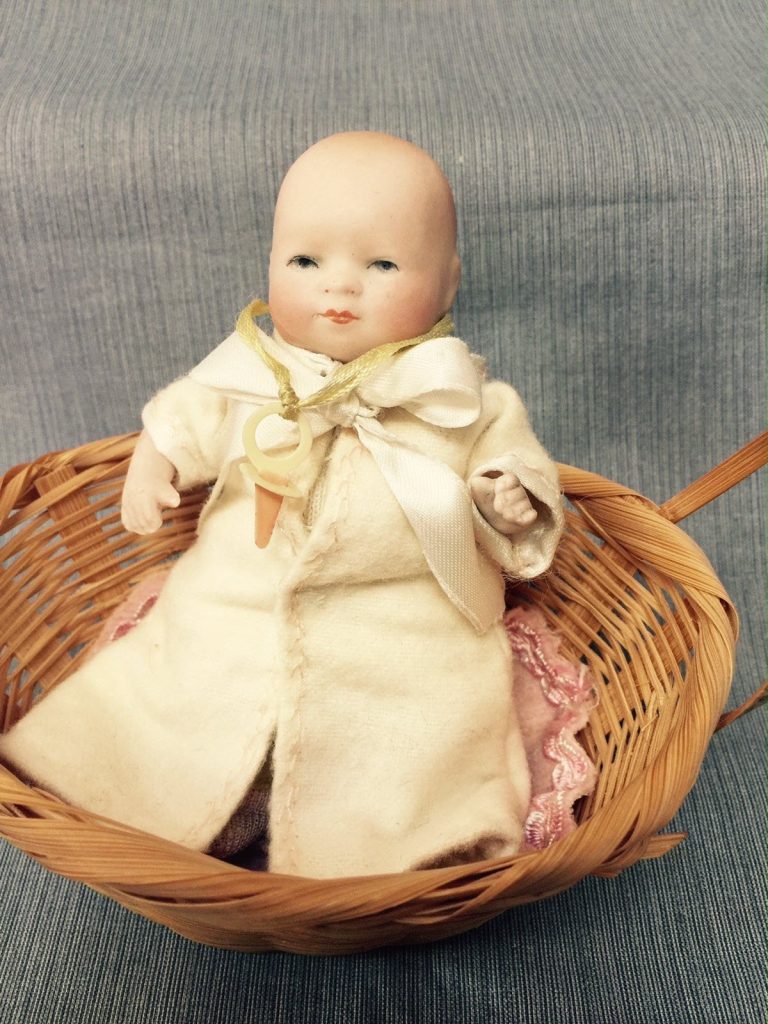
number and 10 is the size in centimeters.
The miniature all-bisque Bye-Lo Baby came out for Christmas of 1925. It was available in all-bisque models ranging from 4 to 8 inches tall. The 4-inch doll, like yours, was incised with its size in centimeters: 10; the 8-inch one was 20 centimeters (there are about 2.5 centimeters per inch). On your doll, the 20 represents the stock number. The size number is after the hyphen.
The least expensive models were five-piece dolls with jointed shoulders and hips, painted hair, and painted eyes. Luxury dolls included those with glass eyes and swivel necks, and those with glass eyes and wigs. Some had molded pink or blue shoes and white socks. A very rare model had molded white underpants from the waist down on the torso, extending to the tops of the legs, with tiny bows on the thighs.
Most of the dolls were marked on the back of the torso “Copr by Grace S. Putnam Germany,” but sometimes, like yours, one is found with just the size number. If you are purchasing an all-bisque Bye-Lo, the torso and limbs should all have the same size number to ensure that you have a doll with original parts. The babies originally had a green circular label on the front torso with the words “Bye-Lo Baby © Germany.” It is great to find one with the sticker still intact.
Grace Storey Putnam was an American artist who became a doll designer because she wanted an appropriate doll for her children. She conceived the idea of an infant, feeling that a newborn-style doll would bring as much joy to a little doll mother as a real baby brings to a real mother. She went on a quest in hospitals and homes to find her ideal baby face, sketching numerous babies. Finally, at a Salvation Army Nursing Home, she found her baby: a 3-day-old infant. She worked right there on the spot for several hours sculpting its head and face.
Then she went to New York, where she visited dollmakers and found a partner at George Borgfeldt, the large New York producer and importer of dolls. Borgfeldt had the bisque heads and all-bisques made in Germany by such prestigious firms as Kestner & Co.; Alt, Beck & Gottschalck; and Kling & Co. They are of excellent quality, with very good modeling. The Bye-Lo Baby made Grace Putnam a wealthy woman and created its own little niche in doll history, beginning a whole series of newborn dolls, a type still very popular on the modern doll market.

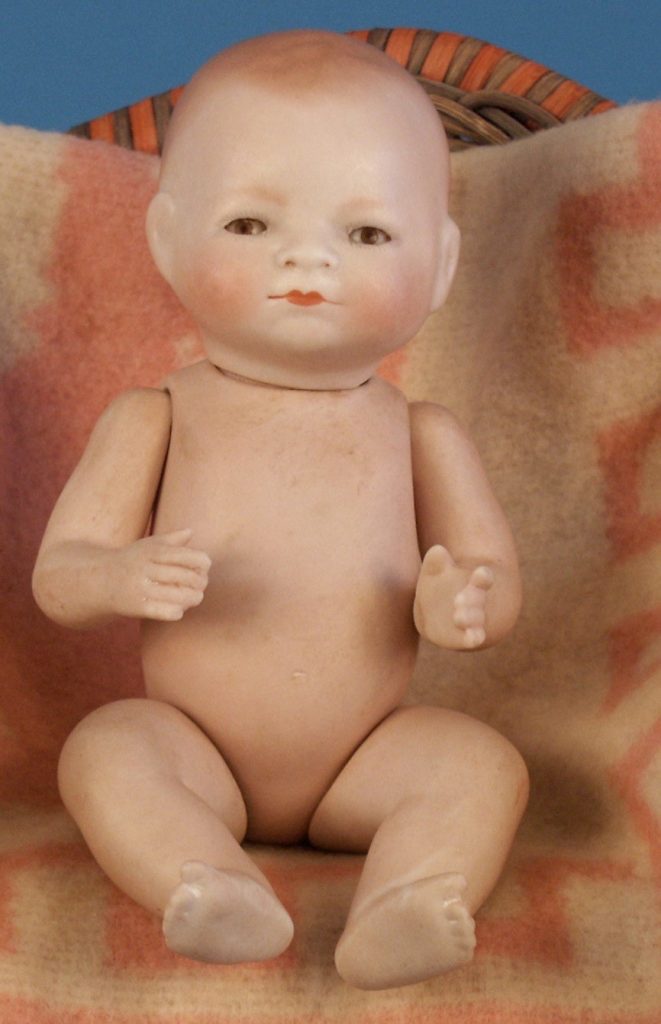
Jan Foulke (retired) is an authority on antique and vintage dolls, with over 40 years of experience in the field. She’s the author of the full-color reference book “Jan Foulke’s Guide to Dolls.” Subscribe now to read Foulke’s columns in DOLLS online archive of past issues!


